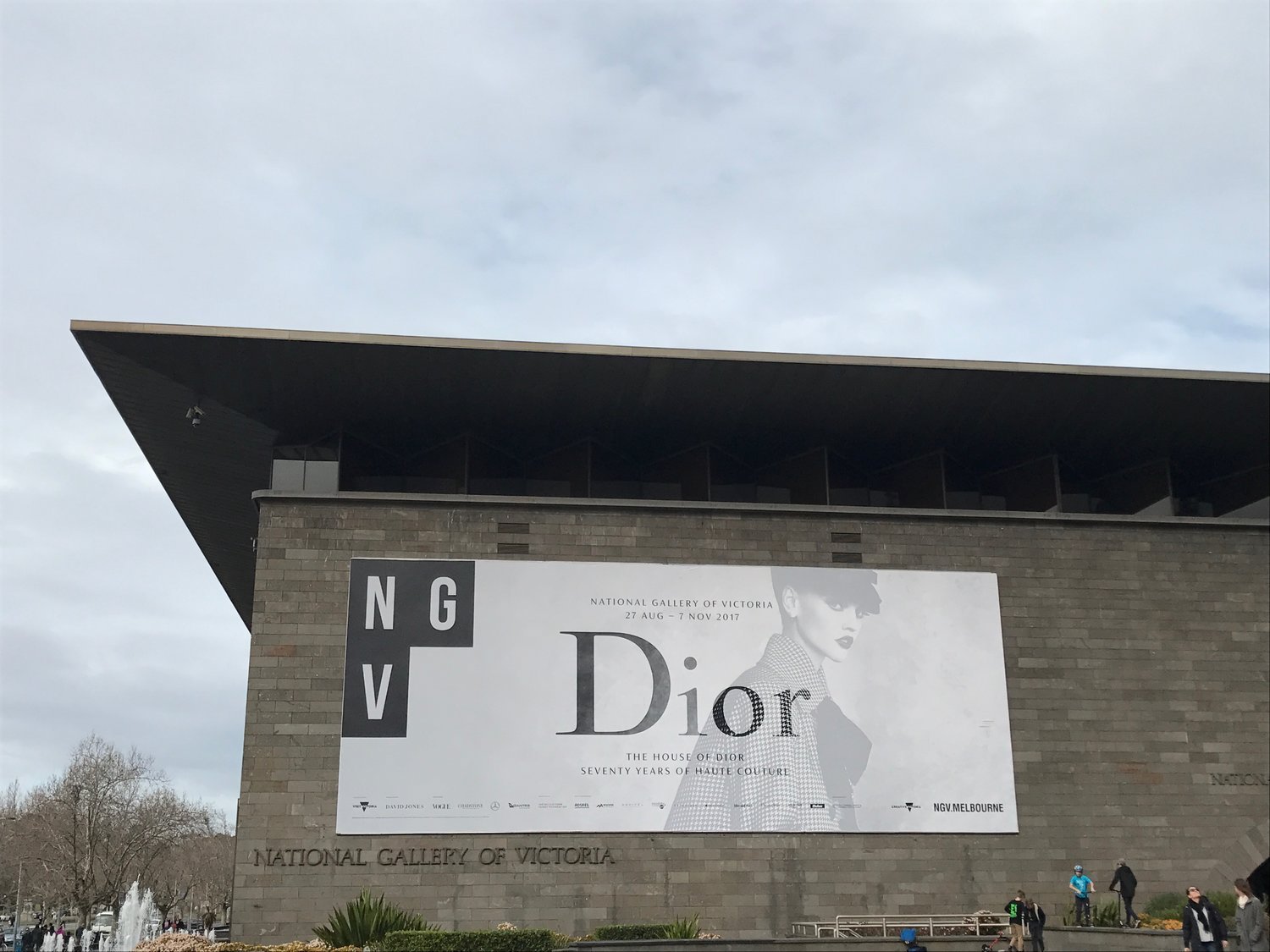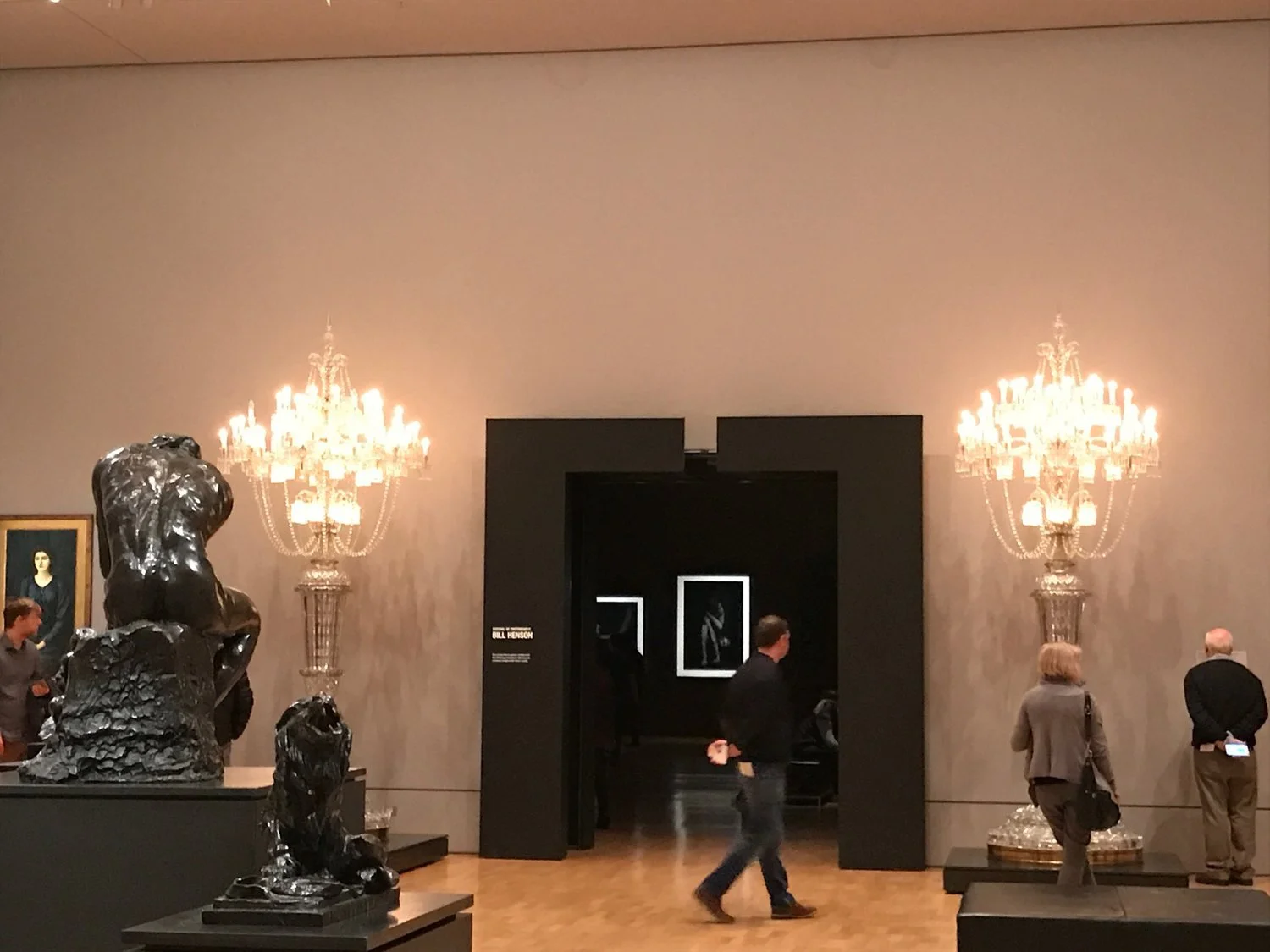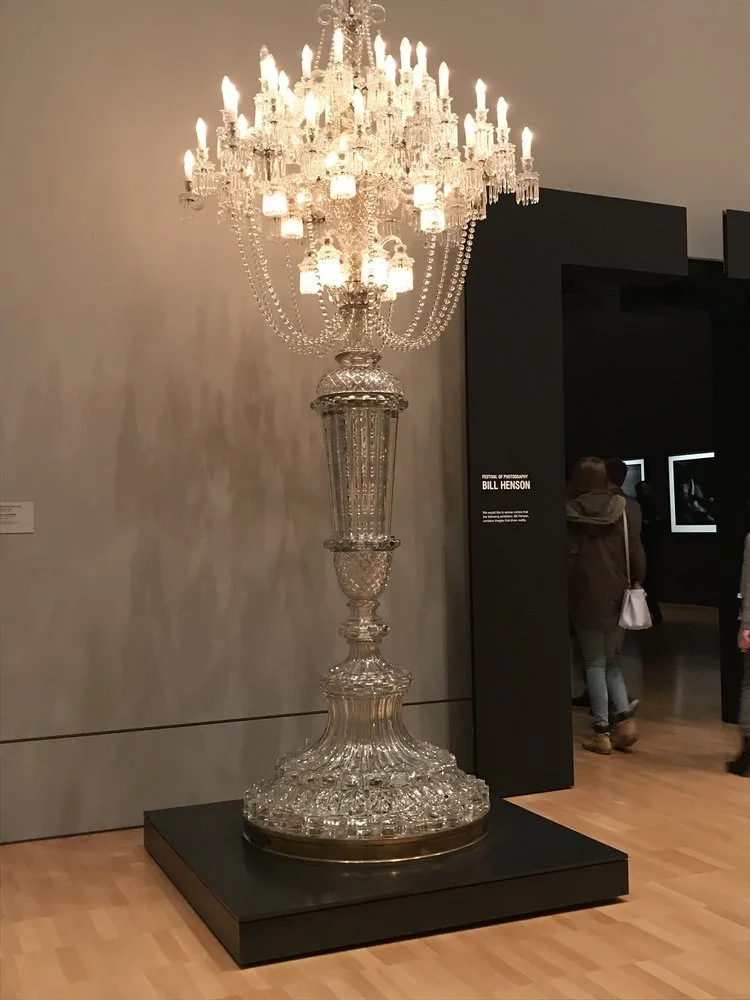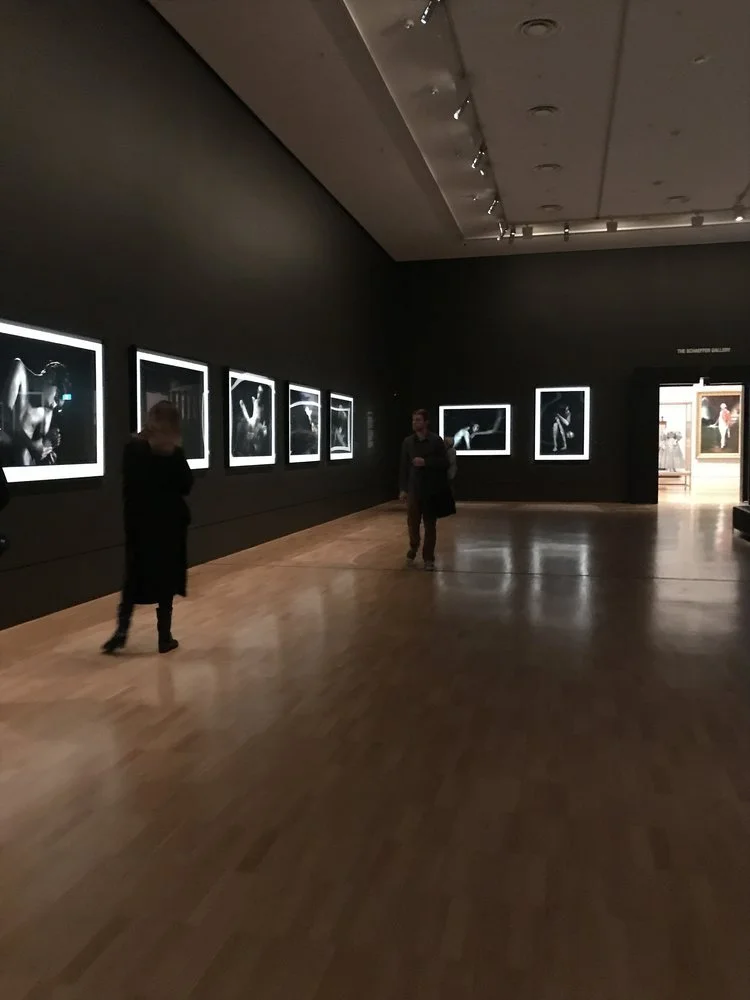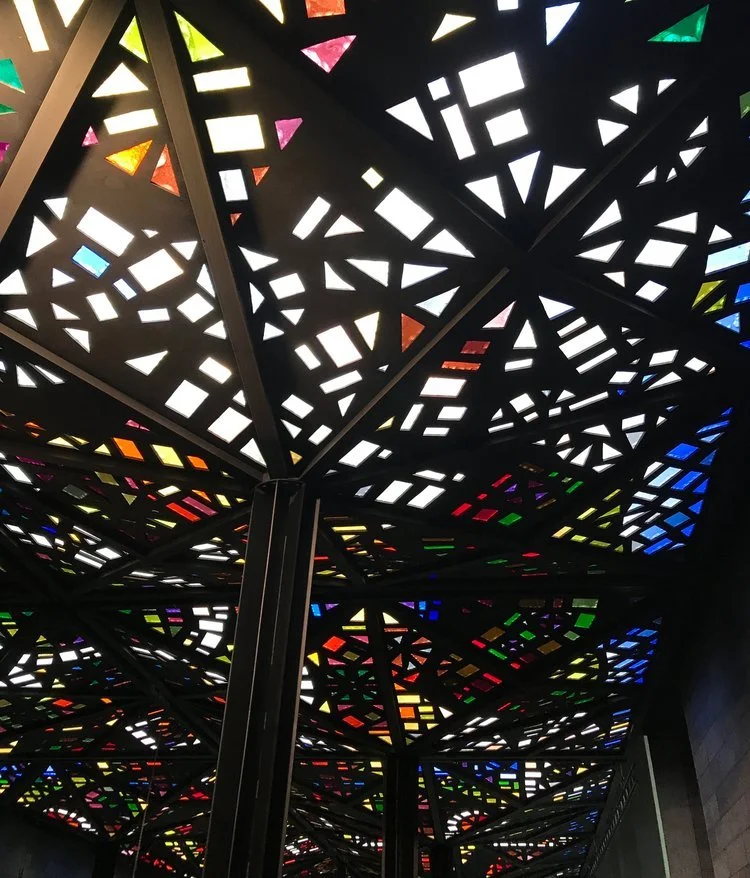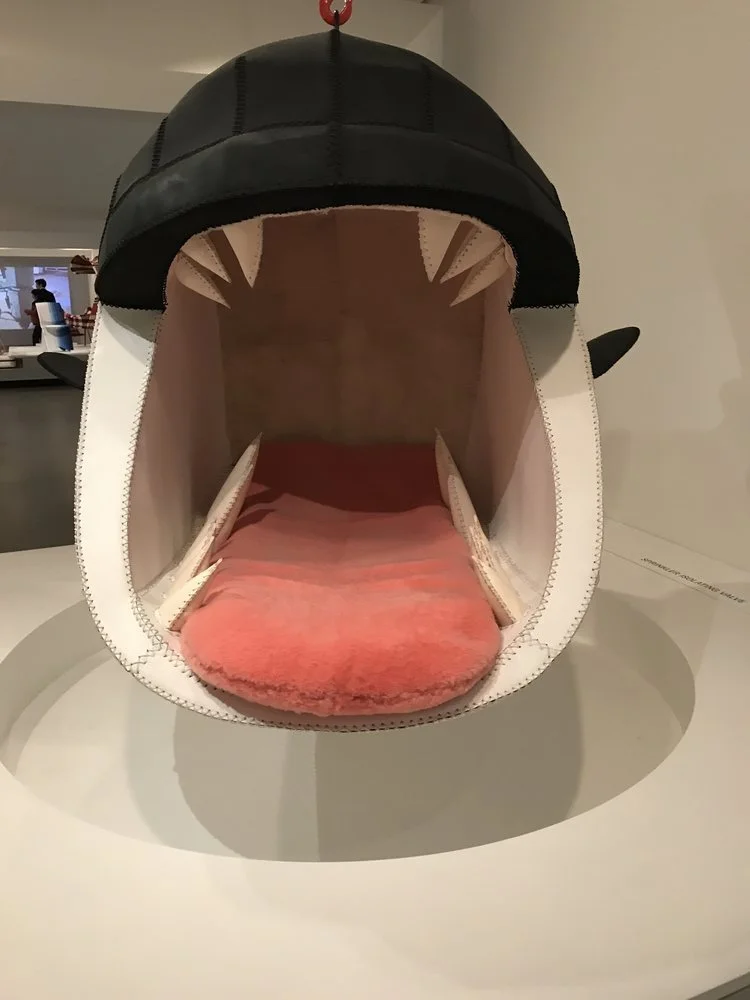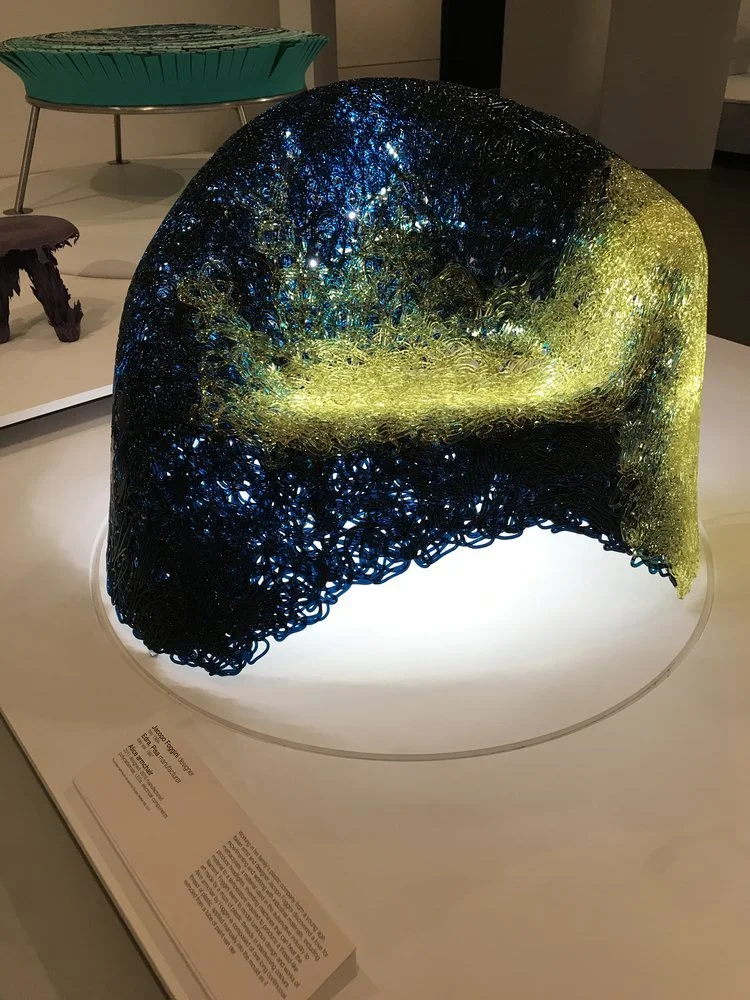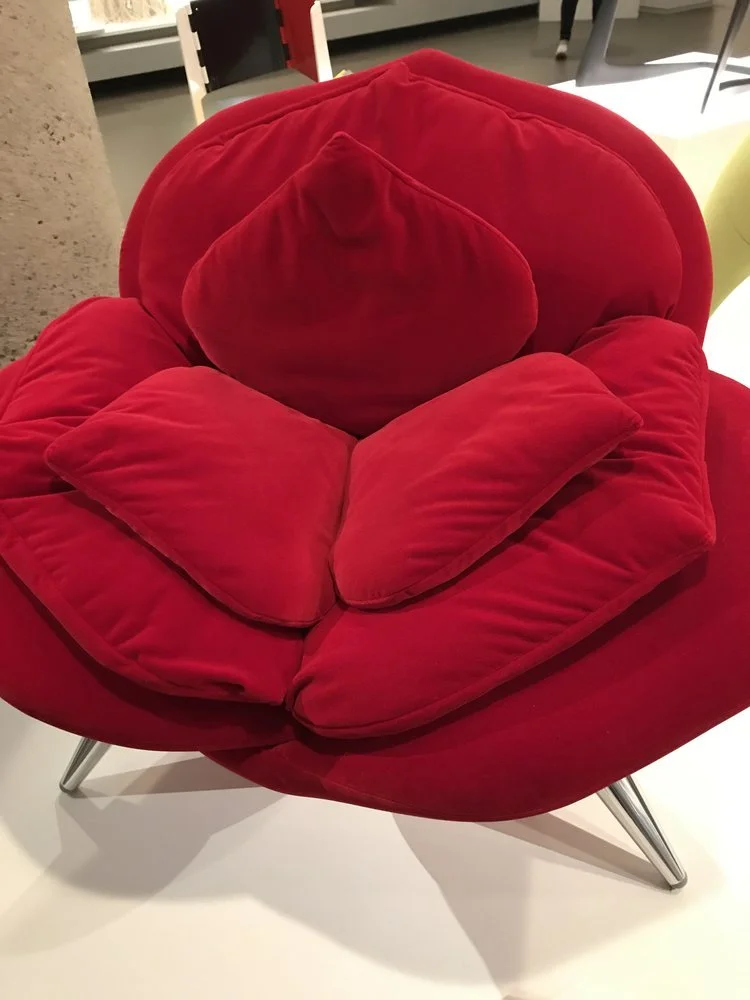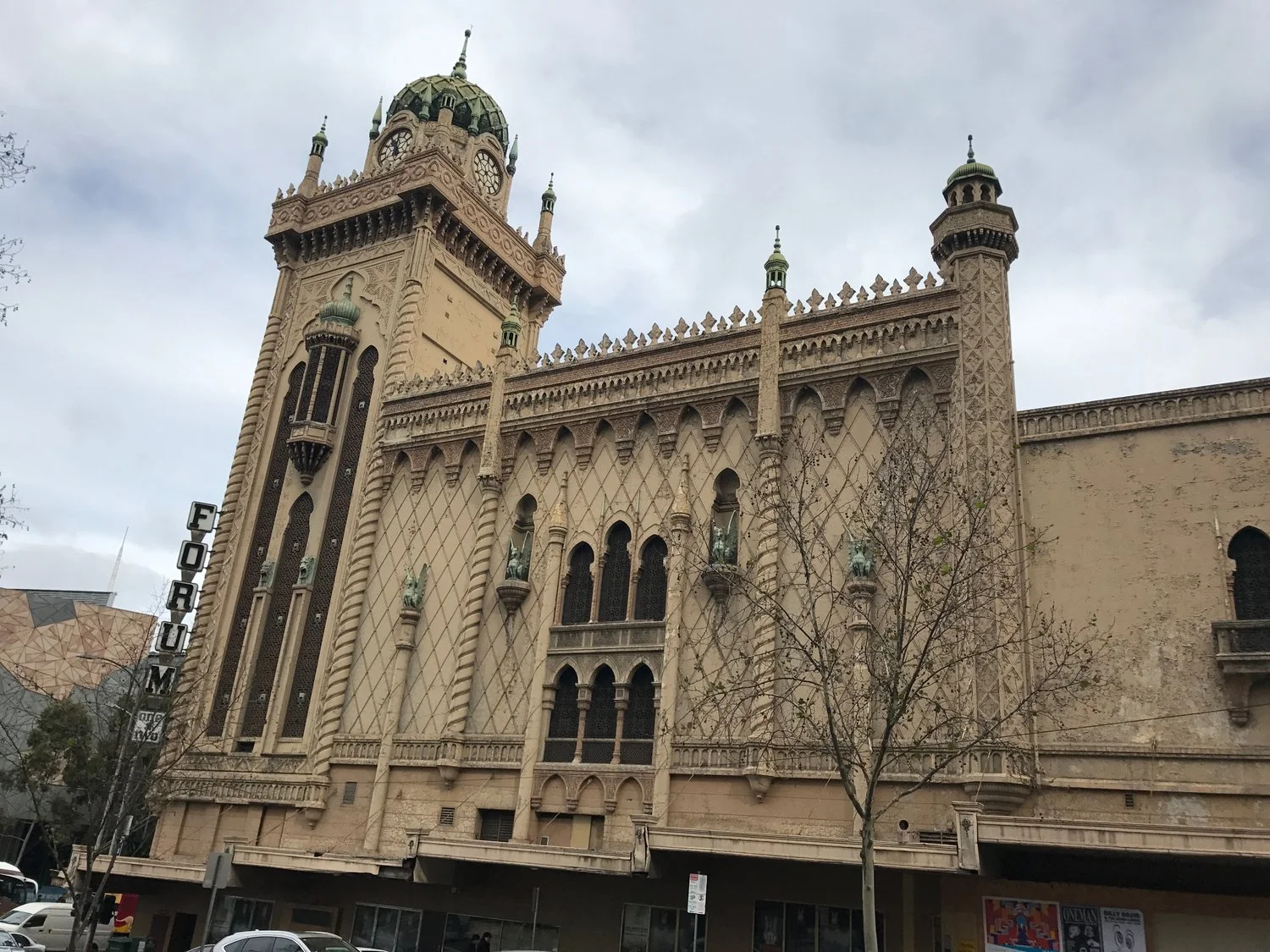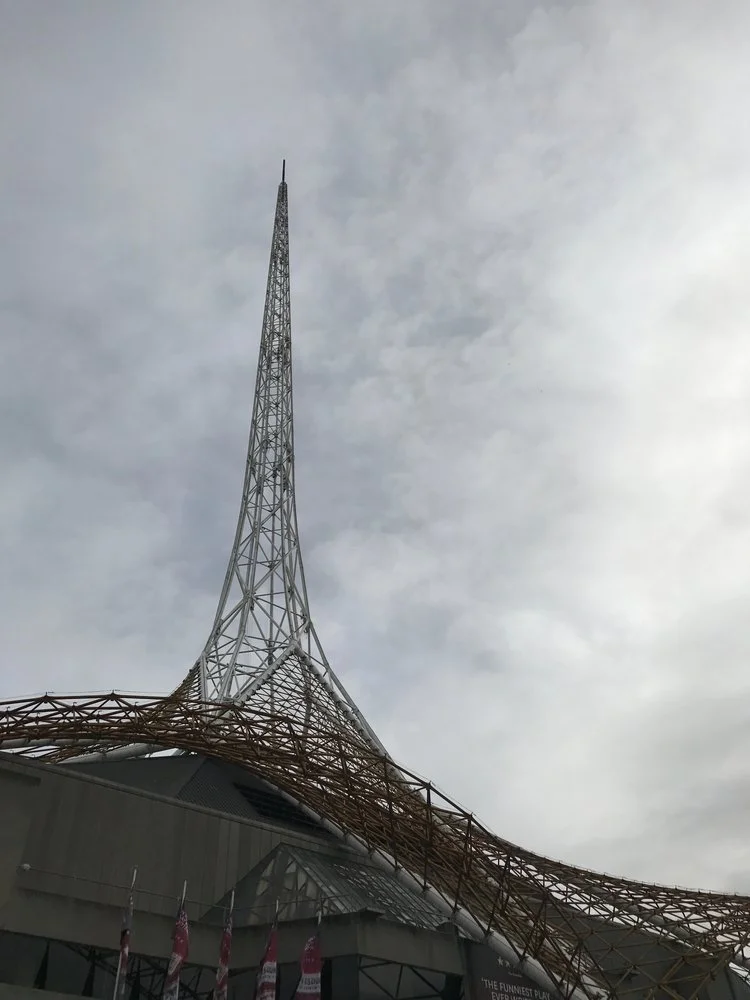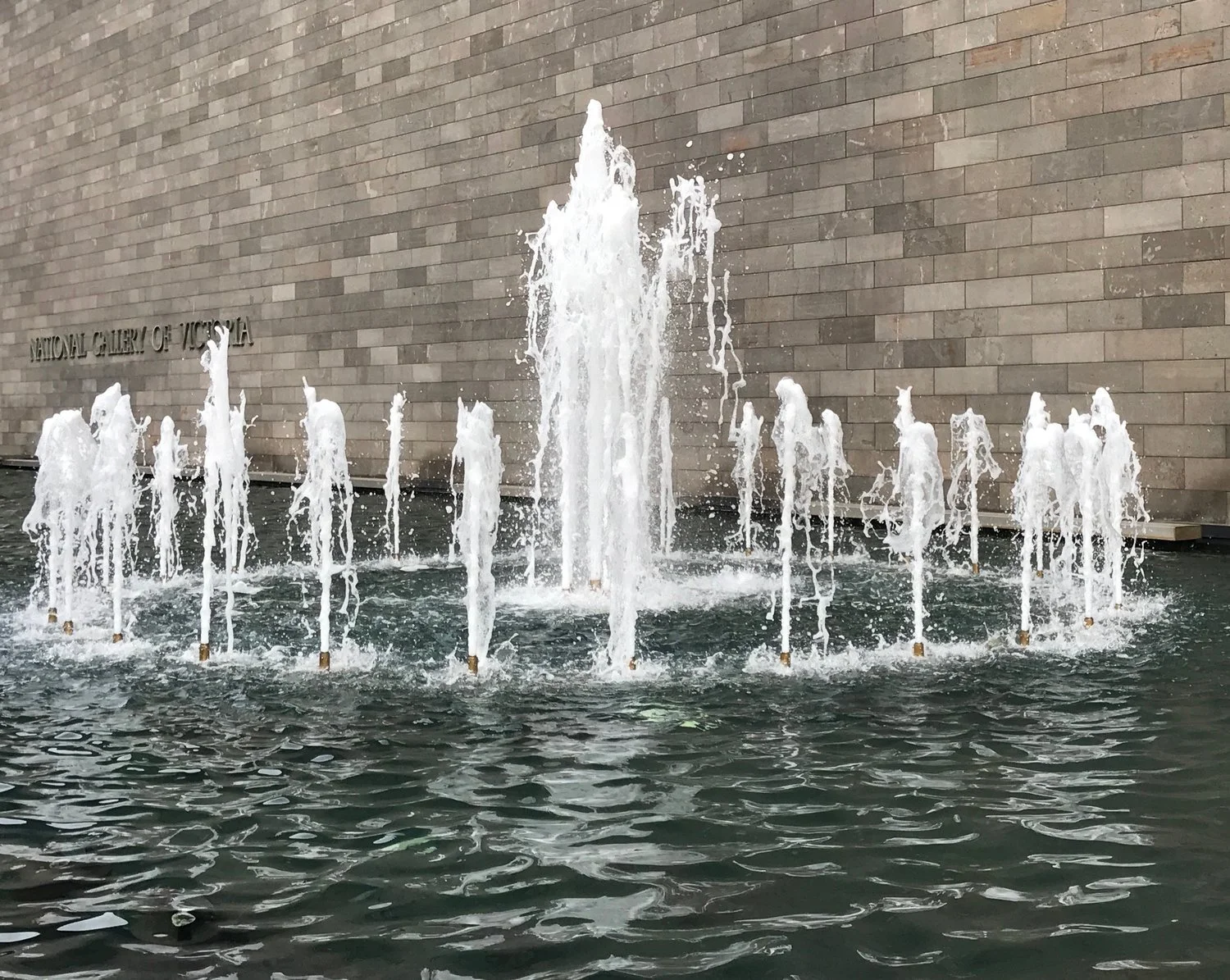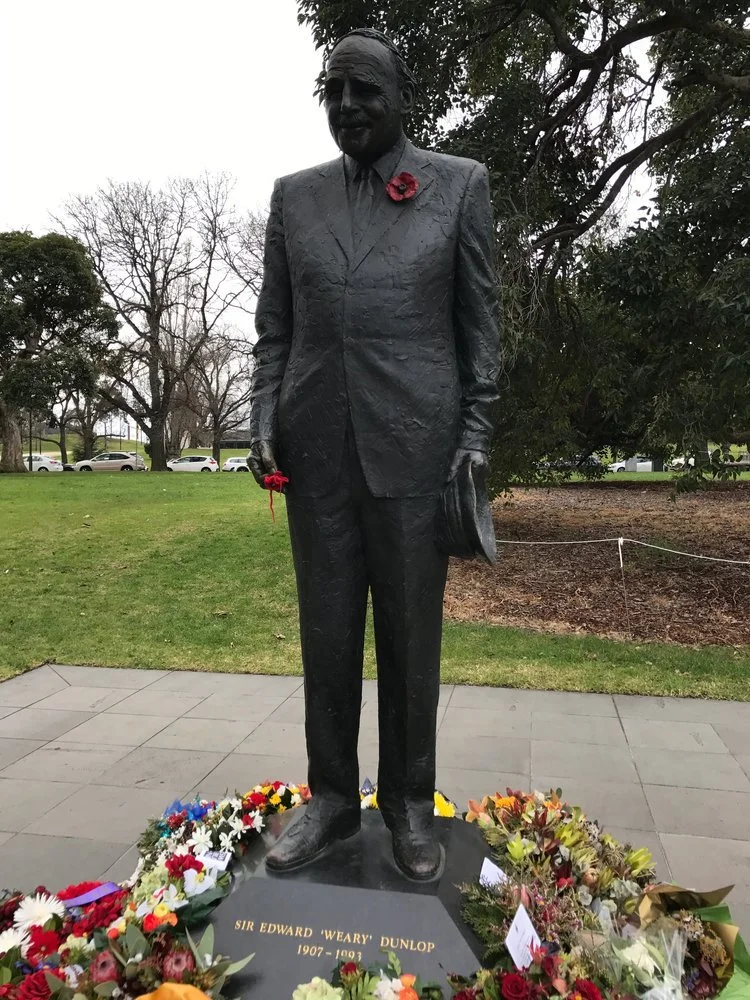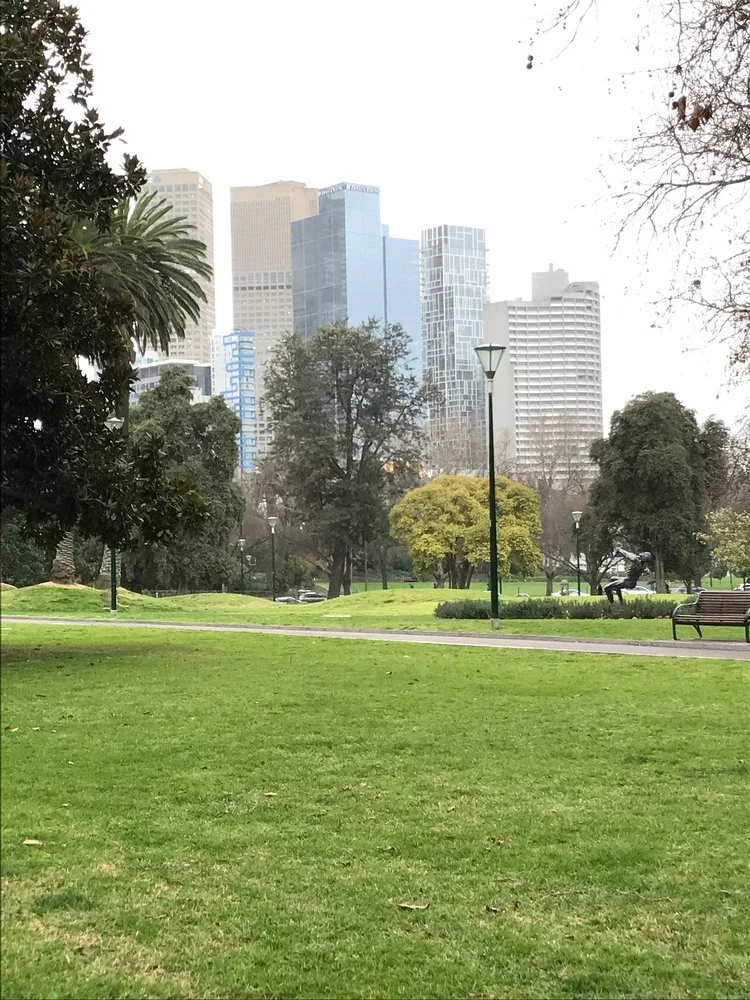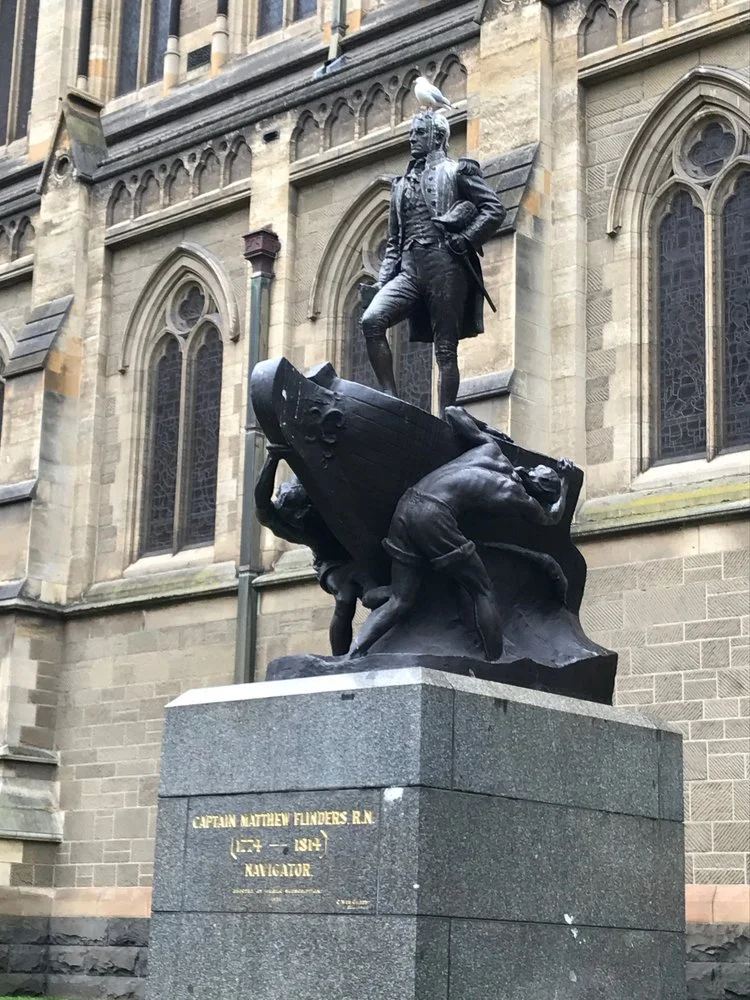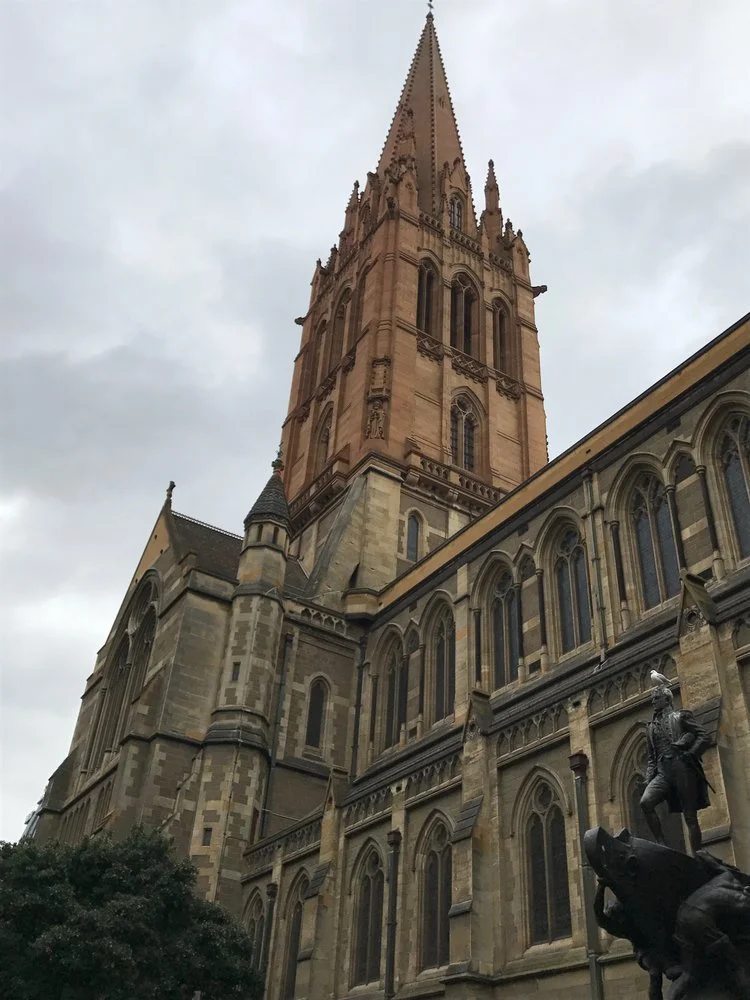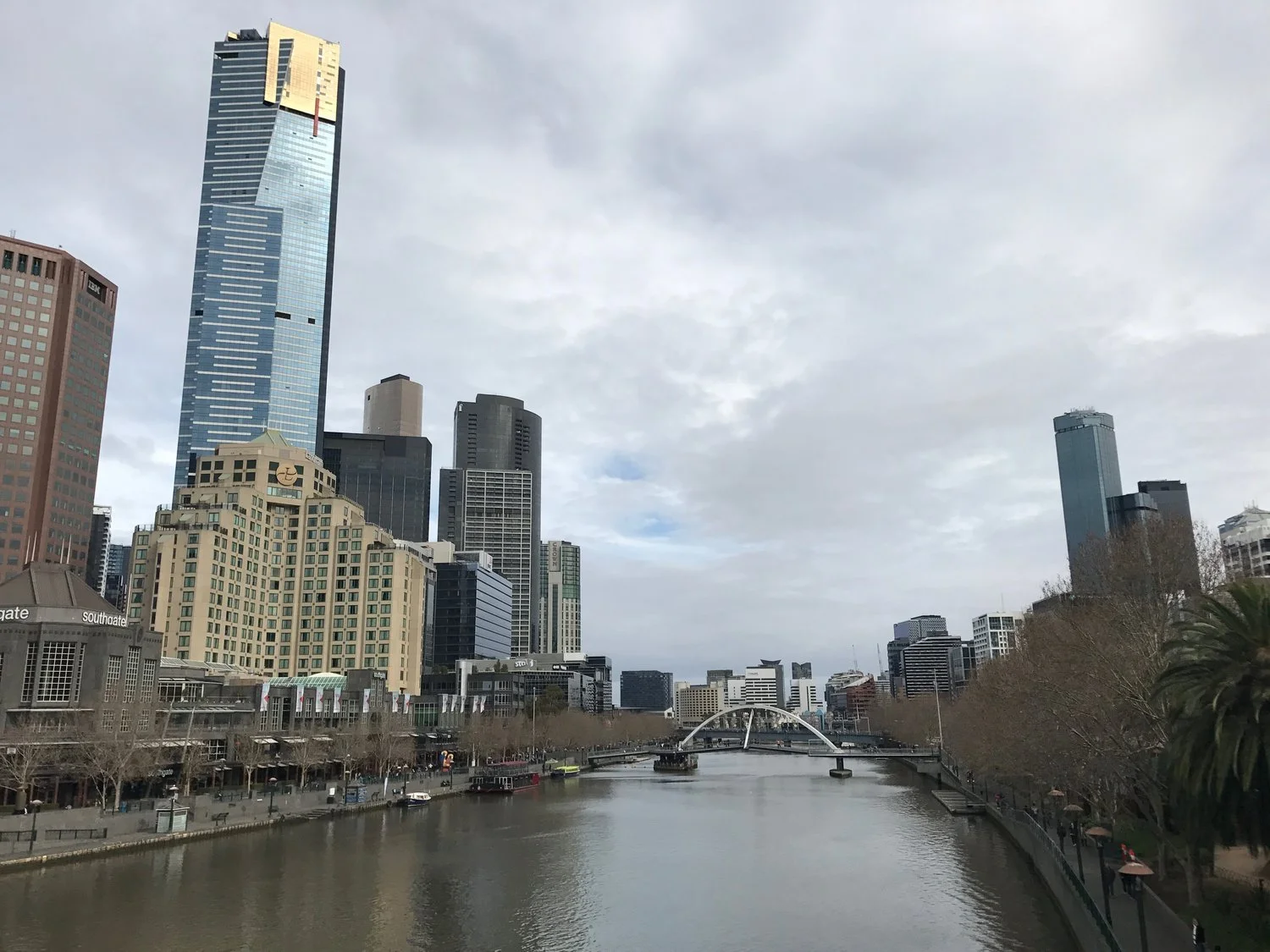Exploring Melbourne, Australia
Note: This post has been updated on March 25, 2024.
Time needed in this city: 2-3 nights
I’ve heard that you either love or “like” Melbourne. When I went in 2017, I fell in love with it. The art scene, the food scene, and the people were all enough to draw me in to the point I had wanted to move there. To this day, I want to go back and take it all in again.
The below information is a complete guide of the best places to stay, the top rated places to dine and drink, and all there is to see and do. We’ve also included a summary of the history of this beautiful city!
Jump To:
Where to Stay
Grand Hyatt Melbourne
In the winters of Australia, hotels are very inexpensive, which means I was able to snag a great rate for the Grand Hyatt Melbourne. A large, towering hotel in the middle of downtown, the Grand Hyatt was every bit of luxury and comfort as I had expected. Each large room boasts an amazing view of the city, along with a beautiful marbled bathroom, and many fantastic amenities.
But what really appealed to me about this hotel was the sizable gym, pool, and spa that is attached. The gym rivals most regular commercial gyms one would join with everything from Crossfit Equipment, to rows of treadmills, ellipticals, bikes, and rowers. There are two areas of free weights, almost every weight machine one would need, along with all of the other equipment for your usual workouts. I took advantage of both the gym (every day, whether I liked it or not), along with the spa for a 90-minute deep tissue massage.
Add to the level of healthiness, I took advantage of the extensive room service menu that catered to every nationality and dietary preference. From the gluten-free pastas and breads, to the power kale salad, and chia seed pudding, I was in heaven.
I HIGHLY recommend you stay here, not just for the above, but the proximity to everything downtown.
Other recommended hotels
Where to Dine & Drink
3 Brothers Indian
Straightforward establishment offering traditional Indian street food, tandoori dishes & curries.
Aagaman
Serving Indian Nepalese cuisine
Bistrot d’Orsay
Established French-Mediterranean restaurant with prints on the walls and an elaborate ceiling mural.
Black Pearl
Mellow bar with comfy couches and an upstairs space with table service, mixing creative cocktails.
Chef David
Dark, funky restaurant offering a robust drink menu & traditional Asian cuisine with a twist.
Coda
All the best restaurants, bars, and clubs are down alleyways and side streets, including Coda. Coda's atmosphere had an indoor/outdoor industrial feel to it, while serving up some amazing Vietnamese fusion dishes. I highly recommend it if you're looking for a place that isn't too crowded on a Sunday night.
Eau De Vie (Speakeasy)
Classy bar with whiskey, cocktails and tasting menus, plus a hidden lounge behind a bookcase.
Epocha
Modern European share plates, served in a vintage-chic dining room with a white, marble fireplace.
Foglia di Fico
Polished, warm restaurant featuring Italian cuisine & handmade pasta, plus a robust wine list.
Gimlet
Premium restaurant & bar featuring oysters, caviar & hearty wood-fired mains, plus cocktails & wine.
Gerald’s Bar
Snug, lively wine bar hung with quirky art & knickknacks, offering a seasonal bistro menu.
Il Solito Posto
Italian food in a warm, rustic basement space with wine-stacked shelves, or in casual upstairs cafe.
Le Bar Supper Club (in Beaumaris) (Speakeasy)
Walking in here, you’ll feel like you’ve entered old-school New York City, with gold, leather, and velvet making up most of the interior. Their menu features caviar, lobster, Moet and Chandon, and escargot, making sure you get the best tastes of France. On the drinks end of things, there are many classy cocktails and drinks, perfect for a night on the town. For the most loyal of visitors, Le Bar Supper has a club, called the High Society Club, which involves secret offers, exclusive events, and many other VIP benefits.
Marion Wine Bar
Intimate venue with a local & European menu featuring meat & fish plates, plus a robust wine list.
Palermo
Chic Argentinian steakhouse featuring charcoal-grilled meats & sides, plus a robust wine list.
Philippe
Upscale spot presenting French cuisine, a raw bar & drinks in a white-tablecloth dining room.
State of Grace (speakeasy)
Restaurant and cellar bar with kitsch decor including a mounted giraffe, for Modern European food.
SUD Food and Wine
Smart spot with rustic, white wood panelling, for upmarket, seasonal Italian food on weekdays only.
Things to See & Do
Day Trips
Day Trip on the Great Ocean Road
If you want an absolutely unbelievable way to spend a day, click my link above for the Great Ocean Road day trip!
Phillip Island Penguin Parade Day Tour
Travel on a small-group tour from Melbourne to Phillip Island to see the penguin parade and other wildlife highlights of Victoria. Your full-day tour stops at Moonlit Sanctuary Wildlife Conservation Park to meet Australian natives such as koalas and wallabies. Explore the dramatic Cape Woolamai surf beach and the Nobbies boardwalk where you can enjoy the views of the rugged South Coast.
Puffing Billy And Healesville Sanctuary Scenic Tour
Experience the scenic Yarra Valley on the Puffing Billy train. This full-day trip takes you through the Dandenong Ranges to Emerald Lake, the Healesville Sanctuary Zoo, and the Yarra Valley Chocolaterie & Ice Creamery. At the last stop you can enjoy free samples and chocolate shopping. This trip starts and ends near Southern Cross Station in the Melbourne CBD.
Historical Exploration
Coop’s Shot Tower
Originally built in 1888, the tall brick tower was used to create shot pellets. Such structures were not uncommon during the era as the process of creating the little lead balls involved letting droplets of molten metal fall the length of the tower into pools of water that would flash form them into their spherical shape. During its heyday, Coop’s tower could produce around six tons of shot a week. Eventually, the need for so much fire power dwindled over the years and the site diversified into other metal works. While the tower was never abandoned, the metal working at the site eventually ceased and the 164-foot tower became a landmark.
In 1991, a giant cone of black steel and glass was built over the tower, completely enclosing it. A museum, regarding the history of both the tower and the history of Melbourne in general, was opened inside the building.
Polly Woodside (South Wharf)
The Polly Woodside was a three-masted, iron-hulled barque designed as a global workhorse, and it ended its days as a coal lighter in Melbourne.
With only maps, compass, and a sextant to rely on, some ships left on a voyage and were never seen again, though the Polly had an exceptional safety record - only eight sailors lost their lives on the nearly 1.5 million miles she traveled.
The Polly was little more than a wreck when it was saved and restored to 90% accuracy by National Trust of Australia. It was opened as a museum in 1978.
FUN FACT: Polly was temporarily renamed the Jolly Roger when Australian actors, Hugh Jackman and Levi Miller, did press for Pan - the 2015 family fantasy movie retelling of the classic tale by J. M. Barrie.
The Nicholas Building
The Nicholas Building is a landmark historic office and retail building, located in the central business district. Designed by architect, Harry Norris, and completed in 1926, it is the grandest example in Melbourne of what is known as 'Commercial Palazzo' style, featuring a solid base, vertical middle floors, and a large cornice. It has housed a range of small businesses and is now known for its creative industry tenants, such as fashion designers and artists, and specialist retailers. It had the longest operating manual lifts in the city, and the ground floor Cathedral Arcade is one of the most notable 1920s interiors in the city. The building is listed by the National Trust and by Heritage Victoria.
The unassuming staircase, up into the heart of the building, is emblazoned with advertising for a huge vintage clothing store, which takes up much of the first floor and gives no hint as to the rest of the treasures the other 10 stories hold.
From the second floor, up, the original rickety elevator doors still stand and the rabbit-warren halls are home to craft, haberdashery, kooky homewares, second-hand books, open artist studios, exhibitions, and even a witchcraft supply store.
The Arts & Sciences
Cow Up a Tree
In Melbourne’s docklands area, there is a four-ton bronze sculpture of an upside-down cow, entangled in the branches of a gum tree.
“Cow up a Tree” is the very precisely-named work of Australian artist John Kelly, exhibited in Paris and the Hague before it was installed in Melbourne. And, this is not the only piece of Kelly’s featuring a cow. It is actually one of three in an edition that caused a sensation in the modern art world, in 1999.
FUN FACT: The use of cows in Kelly’s work is not completely random as the cows represent a sort of “inside joke” in Australian history. They are an homage to Australian artist, Sir William Dobell, who was assigned the task of using his craft to camouflage airfields during WWII. Having little faith in the eyesight of the Japanese bombers, he was charged with making papier-mâché cows, scattering them around the airfields, a ruse that is said to have had absolutely no effect on the outcome of a single thing.
Mailbox Art Space
Mailbox Art Space (formerly Mailbox 141) is an alternative space that encourages artists to experiment and showcase new work (as long as it fits into the letterboxes). Artists are invited to come up with an idea related to an exhibit’s given theme.
Whatever they come up with is then placed inside the glass-fronted letterboxes within the building’s foyer. The exhibitions change throughout the year so you never know what you’ll come across.
How to get there: It’s located close to two of Melbourne’s other artistic attractions: AC/DC Lane and Hosier Lane, the city’s renowned street art area.
National Gallery of Victoria
I love visiting art galleries all over the world because what inspires/influences people is so vastly different. At the NGV, there was a little something that appealed to everyone.
My favorite areas were the history of mass produced luxuries, such as furniture and home decor from very notable U.S. furniture and decor artists, couture clothing designs from notable historical designers in France, and of course, artwork from notable painters.
But, out of everything I saw, the Baccarat Candelabras from 1903, leading up to the illuminated photography gallery, were the most stunning lighting fixtures I've seen.
Princess Theatre
The Princess Theatre is a 1,452-seat theatre in Melbourne. Established in 1854 and rebuilt in 1886, to a design by noted Melbourne architect, William Pitt, it is the oldest surviving entertainment site on mainland Australia. Built in an elaborate Second Empire style, it reflects the opulence of the "Marvellous Melbourne" boom period, and had a number of innovative features, including state-of-the-art electric stage lighting and the world's first sliding ceiling, which was rolled back on warm nights to give the effect of an open-air theatre.
It’s Haunted
A seat in the dress circle is still kept open, every opening night, for the spirit of noted Gilbert & Sullivan opera singer, Frederick Baker, who died in the theater.
On March 3, 1888, “Federici” (as he was known) was performing the role of Mephistopheles in Faust when he had a heart attack while descending down the trap door into “Hell.” It was certainly a creepy coincidence, but when rest of the cast came off stage, they were shocked to hear that Federici had died: They’d all just been alongside him while they were taking their bows on stage.
In the many years since, countless staff and cast members have reported seeing his well-dressed ghost. The Princess Theatre embraces its netherworld performer with a bistro named in his honor. It’s lined with souvenirs and pictures of the 19th-century theater’s past events, restorations, and noted performances, as well as a large and striking stainless steel wire portrait of Federici, whose eyes seem to follow you around the room.
Raising the Rattler Pole
At the corner of Flinders Street and Spencer Street is a 6-ton, 26-foot tram that appears to be flipped on its side - its rear sticking straight up toward the sky. This sculpture is an ode to Melbourne’s last W-class “rattler” tram.
The installation, by artist David Bell, is titled, “Raising the Rattler Pole—The Last of the Connie’s.” It is painted black, rather than the familiar yellow and white trams you’ll see today, though the windows seem to eerily light up at night.
Melbourne has a long association with trams and railways. The city’s Flinders Street Station was the first in all Australia, built in 1910, and the city is home to the only teams that play trugo, a bizarre backwards mallet-and-ring game invented by railway workers in the 1920s.
The Blender Studios Street Art Tour
The Blender Studios is a renowned art complex with art studios at its core. Founded in 2001, the studios have evolved alongside the urban art movement in Melbourne and currently hosts 24+ resident artists. Blender Studios is not only a hub for both street artists and fine artists, but it is also the HQ of Melbourne Street Tours, Dark Horse Experiment, The Blender Loft, and Blender Creatives. You can visit their studios on a tour, workshop, or at one of their special events.
The Limelight department
Hidden in the attic of the Salvation Army building, is the world’s first movie studio that dates back to 1891 - a place where the Salvation Army produced around 300 films, short and long, for its faithful clients and also for private and government entities. The filmmakers initially used “magic” lantern slides that were created in the Coloring Room and used to project the hand-colored images onto a screen.
The organization used Salvation Army officers as its cast, and shot in the rooms within the studio’s building. In 1900, it notably premiered Soldiers of the Cross, which some argue is perhaps the first feature-length movie ever made, after developing the live action film in the Dark Room, there.
The film, which was a mixture of lantern slides, music, and live lectures, lasted nearly two and a half hours. Its violent scenes were controversial at the time. A death scene once even made women in the audience faint.
The Limelight Department hit the big time when it was commissioned by the New South Wales government to make a multi-camera record of the celebratory inauguration of the Australian Commonwealth. Teams of musicians, lecturers, and projectionists would travel the country showing their films, all to raise awareness and funds for their work.
However, its fame didn’t last long as leadership decided that the department wasn’t conservative enough, prompting it to be wound down and eventually, closed.
The attic studio now showcases some colored slides from the National Film and Sound Archive of Australia, vintage cameras and equipment, posters, and artifacts. You can also tour the Salvation Army museum as well.
The Public Purse
In January 1994, the City of Melbourne ran a campaign for submissions for unique street seating. This unusual, large purse made of granite and stainless steel was designed by Simon Perry. It sits as a symbol of the Melbourne Central Business District as both a commercial hub and shopping destination.
The work of art was unveiled to the public on September 12, 1994, and has since become a quirky favorite of many Melbourne residents.
Unique Experiences
AC/DC Lane
Formerly known as “Corporation Lane”, in October of 2004, it was rechristened to “AC/DC Lane”, which was fitting for the famous Australian band. This lane runs through part of the city that is teeming with rock n’ roll bars - it also passes right by the infamous Cherry Bar.
In addition to the music venues, you’ll a vivid display of street art, with one of the most striking pieces being an image of AC/DC lead vocalist, Bon Scott, looking as though he’s just burst through a brick wall, microphone in hand.
Glow Golf at Docklands
Blacklight mini golf indoors.
Walking Tours
Federation Square reminds me of a tiny Times Square with lots of tourist shops, cheap places to eat, and Visitors' Centers. What's fascinating about it is that it blends well with all of the museums, theaters, high rises, and historical architecture as well. Nestled along the Yarra River, it's a great walk with beautiful views of the city.
If you need a break from all of the hustle and bustle, head over to the park on St. Kilda Road. It’s like a mini Hyde Park in New York. There are beautiful trees, walking paths, wildlife, memorials, and a great view of the city!
Fitzroy Gardens
Originally set aside as a reserve in 1848, the gardens were named after Sir Charles Augustus Fitzroy, Governor of NSW. The gardens were laid out in 1859 and were developed as a garden, which follows a classic Victorian era design, featuring pathways lined with elm trees. There are also a variety of flowers and ornamental shrubs and trees.
The waterway that runs through the center of the gardens is a tributary of the Yarra River. The Scarred Tree in the south-east section of the gardens is associated with the pre-colonial use of the area by Aboriginal peoples and it is registered on the Aboriginal Heritage Register. The tree was a redgum, one of a number of remnant redgum found in the gardens.
The gardens contain several 19th century buildings and structures, including the Band Pavilion (1864), Sinclair's Cottage (1866), and the Rotunda (1873). In the 20th century, The Lodge (1927), the Spanish mission-style Conservatory (1930), and the Electricity Substation (1940) were all added.
The cottage was constructed in 1755 in the English village of Great Ayton, North Yorkshire, by the parents of Captain James Cook, James, and Grace Cook, and was brought to Melbourne in 1934 by the Australian philanthropist, Sir Russell Grimwade. Disassembled into 253 cases and dozens of barrels, the house was shipped over from Hull on the Port Dunedin and donated to the people of Victoria, in 1934.
The smaller back building is a mini-museum of Cook’s adventures, featuring pictures, maps, videos, and other ephemera, while the 18th-century style is reflected in antiques, furniture, and the décor of the small rooms. The date, 1755, is gouged out of the brick above the door, spelling out when the home was built.
The ivy that grows all over the house came from original cuttings too.
The whimsical tree trunk is the work of Ola Cohn, a sculptor and author of children’s books. From 1931 to 1934, she carved a whole menagerie of creatures into the stump of one of Fitzroy Garden’s original Red Gum trees to celebrate Victoria’s centenary. Her work on the tree inspired her book The Fairies Tree.
In 1948, the model tudor village was sent from London and placed in Fitzroy Gardens. It was designed by Edgar Wilson, a 77-year-old retired pensioner, who modeled the houses after a traditional English village from the Tudor era. He built two similar villages around this time that were kept in London, one in Brockwell Park and the other in Vauxhall Park.
The village in Fitzroy Gardens consists of a mix of private residences and public buildings that allows visitors to gain insight into life in Tudor England. Visitors can see a school, hotel, barn, church, thatched cottages, and many other buildings. Interestingly, there are also scale models of houses belonging to Shakespeare and Anne Hathaway. The village was officially opened by Lord Mayor Cr Raymond Connelly in May 1948.
The Royal Arcade
The Royal Arcade is a historic shopping arcade in the central business district of Melbourne. Opened in 1870, it connects Bourke Street Mall to Little Collins Street, with a side offshoot to Elizabeth Street. It is the oldest surviving arcade in Australia, known for its elegant light-filled interior, and the large carved mythic figures of Gog and Magog flanking the southern entry.
Along with Melbourne's other Victorian era arcade, the nearby Block Arcade, it is a tourist icon of the city and forms part of the network of lanes and arcades in the CBD.
The arcade is listed on the Victorian Heritage Register, as well as by the National Trust of Australia. It also forms part of Melbourne's Golden Mile heritage walk.
If you arrive to The Royal Arcade at the top of the hour, you’ll hear Gaunt’s Clock alerting you to the time. Follow the chimes and look up, and you’ll see two statues flanking the clock dial - mythical giants named, “Gog and Magog”.
Since 1892, these two medieval warriors have watched over the southern side of the arcade, striking the chimes with their mechanical arms. Each is about seven feet tall, and carved from pine by a man named Mortimer Godfrey. He modeled the two on similar figures that watch over Guildhall in London, where the same characters have been the guardians of the city since the 15th century.
The mechanical statues stand on either side of Gaunt’s Clock, a feature that was added to the Arcade about 20 years after it was built. Thomas Gaunt, a well-known Melbourne jeweler, watch and clock maker, had a shop in the Royal Arcade, and adding a prominent time piece with a couple of mythical giants could only be good for business.
Although variations of the characters of Gog and Magog appear in many ancient texts, including the Old Testament and the Quran, these two are actually a jumble of several religious stories and pagan myths, more grounded in medieval lore than the Bible.
Special things to see & Do
(Mid-March) - Melbourne Food & Wine Festival
(3rd week in March) - Grand Prix
(3rd week in March) - Melbourne International Flower and Garden Show
A History Summary
40,000 years ago - Aboriginal people lived in the area
1803 - The first British settlement in Victoria was established by Colonel David Collins, at Sullivan Bay, near present-day Sorrento.
1835 - John Batman, a leading member of the Port Phillip Association in Van Diemen's Land, explored the Melbourne area, and later claimed to have negotiated a purchase of 600,000 acres with eight Wurundjeri elders. A few months later, another group of Vandemonian settlers arrived in the area and established a settlement at the site of the current Melbourne Immigration Museum. The two groups ultimately agreed to share the settlement, initially known by the native name of Dootigala
1836 - 1837 - In 1836, Bourke declared the city the administrative capital of the Port Phillip District of New South Wales and commissioned the first plan for its urban layout, the Hoddle Grid. It was named Melbourne on April 10, 1837 after the British Prime Minister, William Lamb, 2nd Viscount Melbourne, whose seat was Melbourne Hall in the market town of Melbourne, Derbyshire.
1836 - 1842 - Victorian Aboriginal groups were largely dispossessed of their land by European settlers.
1844 - There were said to be 675 Aboriginal people resident in squalid camps in Melbourne.
1845 - Fewer than 240 wealthy Europeans held all the pastoral licenses and became a powerful political and economic force in Victoria for generations to come.
June 27, 1847 - Letters patent of Queen Victoria declared Melbourne a city.
1850s - 1860s - The commencement of Parliament House, the Treasury Building, the Old Melbourne Gaol, Victoria Barracks, the State Library, University of Melbourne, General Post Office, Customs House, the Melbourne Town Hall, St Patrick's cathedral were all erected or in the process of. It also saw the building of large mansions and terrace homes.
July 1, 1851 - Port Phillip District separated from New South Wales to become the Colony of Victoria, with Melbourne as its capital. The discovery of gold in Victoria, in this year, sparked a gold rush, and Melbourne experienced rapid growth. Within months, the city's population had nearly doubled from 25,000 to 40,000 inhabitants.
1854 - An influx of intercolonial and international migrants, particularly from Europe and China, saw the establishment of slums, including Chinatown and a temporary "tent city" on the southern banks of the Yarra. This sparked the Eureka Rebellion, which prompted the government to change their housing and workforce practices.
1855 - The Melbourne Cricket Club secured possession of its now famous ground, the MCG.
1859 - Members of the Melbourne Football Club codified Australian football.
1860s - 1870s - Construction started on further major public buildings, such as the Supreme Court, Government House, and the Queen Victoria Market. The central city filled up with shops and offices, workshops, and warehouses. Large banks and hotels faced the main streets, with fine townhouses in the east end of Collins Street, contrasting with tiny cottages down laneways within the blocks.
1861 - Australia’s first stock exchange opened and the first Melbourne Cup race was held.
1880 - A telephone exchange was established that year, and the foundations of St Paul's were laid.
1881 - 1882 - Electric light was installed in the Eastern Market. A generating station, capable of supplying 2,000 incandescent lamps, was in operation by 1882.
1886 - The establishment of the Melbourne Hydraulic Power Company led to the availability of high-pressure piped water, allowing for the installation of hydraulically-powered elevators, which led to the construction of the first high-rise buildings in the city.
1888 - Melbourne's land-boom peaked - the year it hosted the Centennial Exhibition.
1890s - The bubble supporting the local finance and property industries burst, resulting in a severe economic depression. Sixteen small "land banks" and building societies collapsed, and 133 limited companies went into liquidation. The Melbourne financial crisis was a contributing factor to the Australian economic depression of the 1890s and the Australian banking crisis of 1893.
1901 - Melbourne became the seat of government of the federated Commonwealth of Australia. The first federal parliament convened on May 9, 1901 in the Royal Exhibition Building, subsequently moving to the Victorian Parliament House, where it sat until it moved to Canberra in 1927.
WWII - the city hosted American military forces who were fighting the Empire of Japan, and the government requisitioned the Melbourne Cricket Ground for military use.
1950s - Melbourne expanded rapidly, its growth boosted by post-war immigration to Australia, primarily from Southern Europe and the Mediterranean. When the "Paris End" of Collins Street began, Melbourne's boutique shopping and open air cafe cultures emerged.
1958 - Building height restrictions were lifted and the first skyscraper was built. Many pre-war buildings were demolished to make way for new construction and roads.
1969 - 1970 - Australia's financial and mining booms resulted in establishment of the headquarters of many major companies in the city. It remained the main business center until the late 70s when businesses began moving to Sydney.
1989 - 1992 - Melbourne experienced an economic downturn, following the collapse of several local financial institutions.
1992 - An aggressive development campaign of public works was developed, coupled with the promotion of the city as a tourist destination, with a focus on major events and sports tourism. Also during this period, the Australian Grand Prix moved to Melbourne from Adelaide. Major projects included the construction of a new facility for the Melbourne Museum, Federation Square, the Melbourne Convention & Exhibition Centre, Crown Casino, and the CityLink tollway.
Mid-1990s - 2008 - Melbourne has maintained significant population and employment growth with a focus on urban renewal.
2010s - Transportation overhauls and urban renewal projects were abound to accommodate all of the growth.
